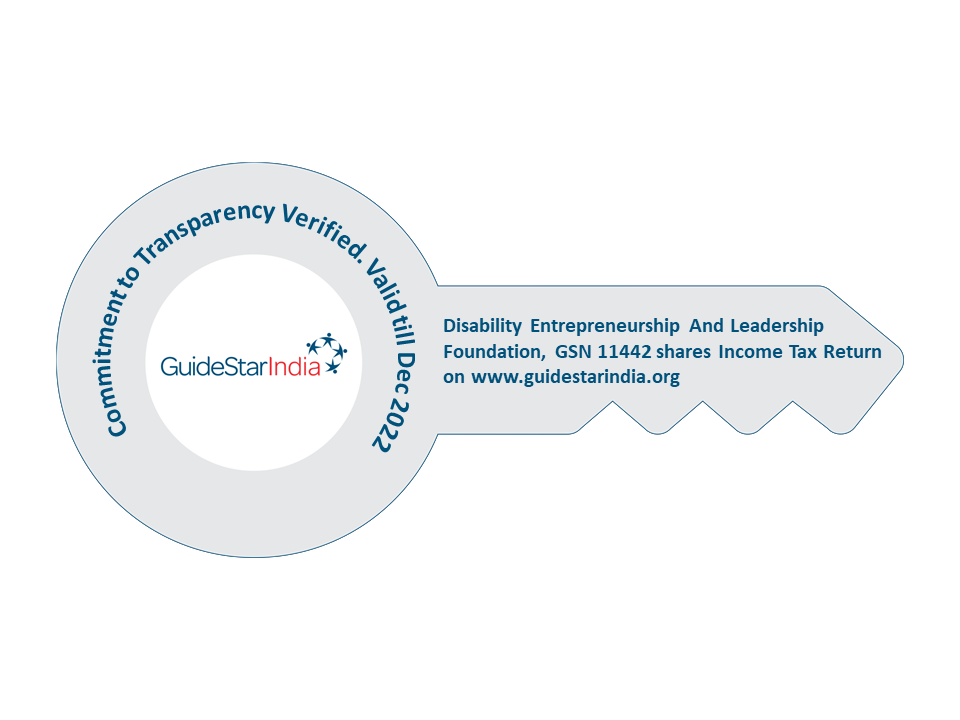Persons with disability often self-report reduced access to preventive health services and poorer health than people without disability. Risk factors for chronic disease are more prevalent in persons with disability, increasing risk for secondary conditions including cardiovascular disease (CVD).
There are multiple challenges for persons with disability with mobility impairment seeking health promotion and health maintenance services including transportation, access to sites where services are delivered, and providers who are insensitive or unaware of the accommodations needed to allow them to utilize services. Barriers contribute to the lack of participation of persons with disability in many preventive services, delays in treatment, and unmet health care needs, and hence they are more prone to chronic diseases such as CVD.
Cardiovascular disease (CVD) is a general term for conditions affecting the heart or blood vessels. It is usually associated with buildup of fatty deposits inside the arteries and an increased risk of blood clots.
CVD is one of the main causes of death and disability in India. A quarter of all mortality is attributable to CVD. Ischemic heart disease and stroke are the predominant causes and are responsible for more than 80% of CVD deaths.
The Global Burden of Disease study estimate of age-standardized CVD death rate of 272 per 100,000 population in India is higher than the global average of 235 per 100,000 population.
Types of CVD:
The four main types of CVD are listed below:
- Coronary heart disease: Coronary heart disease occurs when the flow of oxygen-rich blood to the heart muscle is blocked or reduced. This puts increased strain on the heart and can lead to angina, heart-attacks and heart failure.
- Strokes and TIAs (transient ischemic attack): A stroke is where blood supply to part of the brain is cut off, which can cause brain damage and possibly death. A TIA is similar, but the blood flow to the brain is only temporarily disrupted.
- Peripheral heart disease: Peripheral arterial disease occurs when there’s a blockage in the arteries to the limbs, usually the legs. This could cause dull or cramping leg pain, hair loss on the legs and feet, numbness or weakness of legs and persistent ulcers on feet and legs.
- Aortic disease: These are a group of conditions affecting the aorta. This is the largest blood vessel in the body. One of the most common aortic diseases is an aortic aneurysm, where the aorta becomes weakened and bulges outwards. This doesn’t have any symptoms, but there’s a chance it could burst and cause life-threatening bleeding.
Causes of CVD:
The exact cause of CVD isn’t clear, but there are lots of things that increase the risk of getting it. These are called ‘risk factors’. The main risk factors are
- High blood pressure
- Smoking
- High cholesterol
- Diabetes
- Inactivity
- Being overweight or obese
- Family history of CVD
- Ethnic background
- Other risk factors like age, gender, diet and excessive alcohol consumption.
Preventing CVD:
A healthy lifestyle can lower the risk of CVD. If one already has CVD, staying as healthy as possible can reduce the chances of it getting worse. Ways to reduce CVD are:
- Stop smoking
- Have a balanced diet which includes low levels of saturated fat, salt and sugar, plenty of fiber and wholegrain foods and plenty of fruit and vegetables.
- Exercising regularly
- Maintaining a healthy weight
- Cutting down on alcohol
- Medication
Sources: (ncbi.nlm.nih.gov, nhs.uk, ahajournals.org)
As part of our work on Livelihoods for Health and Wellbeing, we have been working with persons with disabilities to adopt organic horticulture practices. We are working with Dr. Bharati Chimmad from University of Agricultural Sciences Dharwad (UASD) who has produced a nutrition card game. The pack has 73 health and nutrition cards. Each card contains a food produce and its nutritional value. This card game not only is a fun game for kids and adults alike, but also helps in understanding the nutritional value of the food we consume on a daily basis.
For specific question regarding this blog, please write to us at info@deal-foundation.com.
To know more about the work we do, please visit www.deal-foundation.com.


 Awarded by Guidestar India
Awarded by Guidestar India